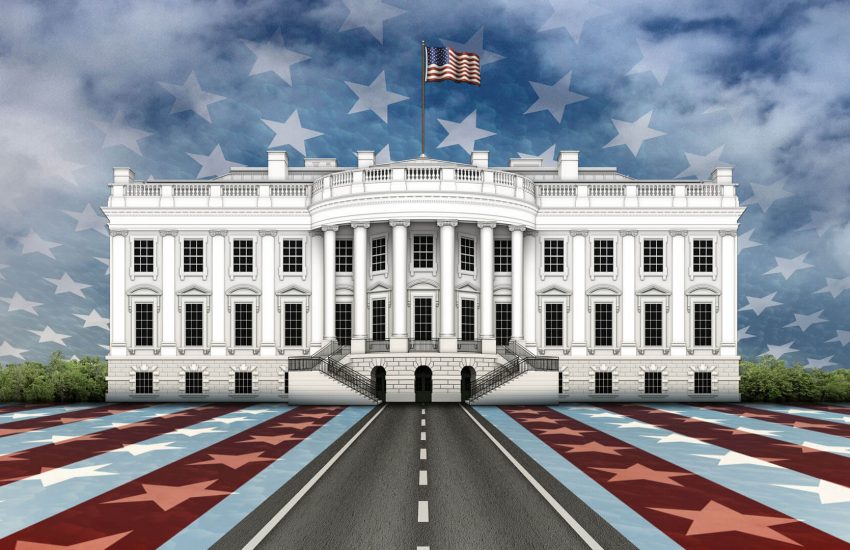
Donald Trump’s election is perhaps the single best advertisement for digital advertising in the history of that industry. One of the major criticisms of Trump’s supporters during the election is that many were white and less educated than supporters of Hillary Clinton — traits not often associated with Madison Avenue and the data-driven decision-making that earned Trump’s place as the next president of the United States.

Recently in my opening remarks at The 614 Group’s Brand Safety Summit, I pointed out that while Donald Trump claims the media hates him, they actually love him, too. Every time the Trump name is uttered, viewers tune in, ratings go up, and ads are sold. Even I like writing about the Donald; it gets my work more attention.
But the point I made at The Brand Safety Summit was and still is this: Everyone has some ownership over the outcome of the election, regardless of how they voted. The media example is just a slice of that theory.
With the help of the team at Cambridge Analytica, the data analytics company behind Trump’s win, the now president-elect leveraged digital advertising for everything it was ever designed to be. I was invited to the Cambridge Analytica office post-election, and their team graciously pulled back the covers on the strategy they used to help Trump turn his audience into voters who won him the election.
Trump notably called data “overrated” in politics but quickly changed his mind as the election progressed, “spending millions of dollars on data and digital services in an effort to land donations and win over voters,” as the Associated Press noted. This campaign used digital advertising to its fullest, but what does that mean?
Behind the scenes
Cambridge worked with the Trump campaign and the Republican National Committee on research, data science and digital marketing. The firm successfully employed a variety of digital strategies and used them to connect with the 240 million Americans they had a wealth of data on.
Cambridge researchers collected survey data — specifically in battleground states that included hard IDs, live dials and IVRs (Interactive Voice Responses). The signals identified about particular individuals in the raw data were matched against their existing database to create models, and then extrapolated to identify larger groups of people to talk to about the election.
The data team had every voter scored on a few key points, including their likelihood to turn out to vote, which candidate they supported, what specific issues they cared about and what factors motivated them in terms of messaging.
This data was then handed over to their digital team to execute against, driving media plan development. The robust digital strategy utilized direct matching, desktop cookies and hyper-local digital scoring to ensure accuracy in targeting their audience.
Core tactics included search engine marketing and the use of positive and negative keywords to ensure that messages were reaching Trump’s target audience. Retargeting tactics across email and social channels also created another opportunity to communicate with potential voters.
Another service provider helped the Trump camp leverage mobile by sending campaign updates via SMS to supporters who made purchases or donations to the campaign. When Trump had an important message, he bypassed the press media and went straight to not only Twitter but mobile to push out SMS messages to those who opted into mobile updates from his team. This ensured that potential voters who aren’t among his 20 million Twitter followers still received his famous one-liners in real time.
Bracing for impact
Cambridge Analytica updated their modeling on a continual basis, using 3,000 to 5,000 data points on each person to engage with potential voters, and the overall campaigns were updated on a weekly basis.
When I asked Molly Schweickert, Head of Digital for Cambridge Analytica, what impact the tumultuous nature of the campaign had on their plans, she said, “It actually made the campaign more successful. Because Mr. Trump had a pulse on issues that his supporters cared about, those issues were always included in the plan. The collaboration of a scientific approach combined with Trump making the news on a regular basis allowed us to tap into the movement holistically.”
In our discussion, I learned that from a messaging perspective, Trump’s ability to appeal to how people feel and their emotions is one of the most critical ways he won the election. Also critical was that his team utilized a number of channels to reach people; wherever his audience was, so was he.
ROI
Most interesting to me was learning that Trump’s digital media campaign was a serious profit center. According to the campaign, Trump invested about $85 million in digital ads, which returned him over $263 million in donations, a 3x return on his investment. What you may like or (not like), depending on what side of the media business you are on, is that Trump’s team spent a large portion of that return on TV.
When I spoke to Schweickert about the unique learnings that came from both supporting the Trump media campaigns and media in general, she said, “Overall, it was a digital-first campaign, which allowed multiple key objectives to be accomplished through digital means. In particular, we were able to use our digital and data tools to amplify the campaign’s message to particular pockets of voters.”
What won this campaign was utilizing everything known about digital media. Whether Trump got your vote or not, I’m sure most of us can agree that this campaign is a prime example of how effective digital advertising is. A key learning point following the divisiveness of this election is that digital media leaders need to realize the influence the industry had on the election and be cautious in how we use it moving forward.
Some opinions expressed in this article may be those of a guest author and not necessarily Marketing Land. Staff authors are listed here.
About The Author

